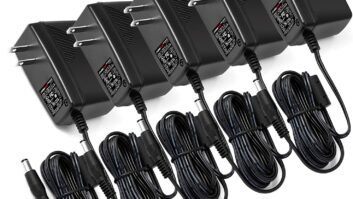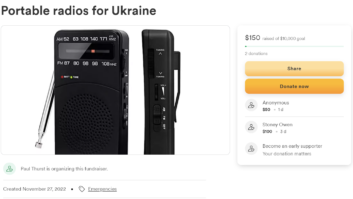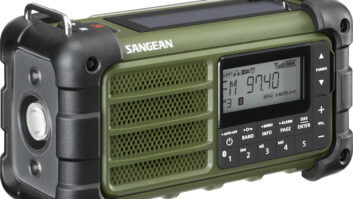I’m sure many readers have built “crystal radios” that were able to provide audio from local AM radio stations to sensitive earphones using only the RF power from the radio station–no batteries are required.
At the International Solid State Circuit Conference, Imec and research center Holst Centre showed a “wake-up” receiver that operates between 915 MHz and 2.4 GHz and consumes only 51 microwatts, a level so low that it could be powered by energy harvested from the environment.
“Within our wireless autonomous sensor system research, we aim to develop wireless sensor systems powered by energy harvested from the environment instead of using batteries,” said Bert Gyselinckx, Imec’s general manager.
Gyselinckx explained that only 100 microwatts is needed to operate the digital signal processor, radio and sensor.
“This ultra-low power radio of only 51µW with small form factor is a major step forward to achieve our goal,” he said. “It opens the door to many new battery-less applications such as long-range RFID, smart lighting, and sensor tags.”
Amateur radio operators won’t be surprised to learn the ultra-low power radio uses digital OOK modulation to achieve high sensitivity. OOK stands for “on–off keying,” which amateur radio operators usually refer to as “CW.” OOK allows the receiver to achieve a sensitivity of -75 dBm at 915 MHz or -64 dBm at 2.4 GHz. Dropping the keying rate to 10 Kbps and filtering out-of-band noise increases sensitivity by 5 dB.












